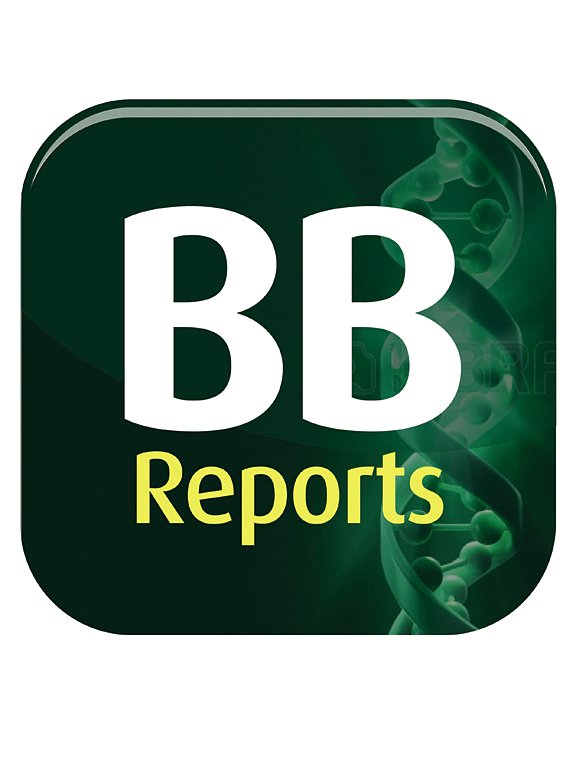Construction and evaluation of a prognostic model of autophagy-related genes in hepatocellular carcinoma
IF 2.3
Q3 BIOCHEMISTRY & MOLECULAR BIOLOGY
引用次数: 0
Abstract
Background
Hepatocellular carcinoma (HCC) is a globally prevalent disease. Our article evaluates risk models based on autophagy- and HCC-related genes and their prognostic value by bioinformatics analytical methods to provide a scientific basis for clinical treatment.
Methods
Prognostic genes were identified by univariate and multivariate Cox analyses, and risk scores were calculated. The value of risk models was analysed by receiver operating characteristic curve (ROC), immune microenvironment and drug sensitivity. Prognostic gene-related regulatory mechanisms based on network database.
Results
We screened four prognosis-related genes (SQSTM1, GABARAPL1, CDKN2A, HSPB8) for model construction. The AUC for 1-, 2- and 3-year survival was higher than 0.6 in both the training and validation sets. The nomogram constructed based on risk scores, pathologic_T predicted the outcome better. There were differences in the tumour microenvironment between the high and low risk groups, as evidenced by differences in the distribution of immune cells and differences in the expression of immune checkpoints.
Conclusion
Our results illustrate that models, nomograms and risk scores were valuable for tumour progression.
Clinical trial number
Not applicable.

肝细胞癌自噬相关基因预后模型的构建与评价。
背景:肝细胞癌(HCC)是一种全球流行的疾病。本文通过生物信息学分析方法,评价基于自噬和hcc相关基因的风险模型及其预后价值,为临床治疗提供科学依据。方法:采用单因素和多因素Cox分析确定影响预后的基因,并计算风险评分。通过受试者工作特征曲线(ROC)、免疫微环境和药物敏感性分析风险模型的价值。基于网络数据库的预后基因相关调控机制。结果:我们筛选了4个预后相关基因(SQSTM1、GABARAPL1、CDKN2A、HSPB8)用于模型构建。在训练组和验证组中,1年、2年和3年生存率的AUC均高于0.6。基于风险评分构建的nomogram, pathologic_T更能预测预后。高危组和低危组的肿瘤微环境存在差异,免疫细胞分布差异和免疫检查点表达差异证明了这一点。结论:我们的研究结果表明,模型、线图和风险评分对肿瘤进展是有价值的。临床试验号:不适用。
本文章由计算机程序翻译,如有差异,请以英文原文为准。
求助全文
约1分钟内获得全文
求助全文
来源期刊

Biochemistry and Biophysics Reports
Biochemistry, Genetics and Molecular Biology-Biophysics
CiteScore
4.60
自引率
0.00%
发文量
191
审稿时长
59 days
期刊介绍:
Open access, online only, peer-reviewed international journal in the Life Sciences, established in 2014 Biochemistry and Biophysics Reports (BB Reports) publishes original research in all aspects of Biochemistry, Biophysics and related areas like Molecular and Cell Biology. BB Reports welcomes solid though more preliminary, descriptive and small scale results if they have the potential to stimulate and/or contribute to future research, leading to new insights or hypothesis. Primary criteria for acceptance is that the work is original, scientifically and technically sound and provides valuable knowledge to life sciences research. We strongly believe all results deserve to be published and documented for the advancement of science. BB Reports specifically appreciates receiving reports on: Negative results, Replication studies, Reanalysis of previous datasets.
 求助内容:
求助内容: 应助结果提醒方式:
应助结果提醒方式:


